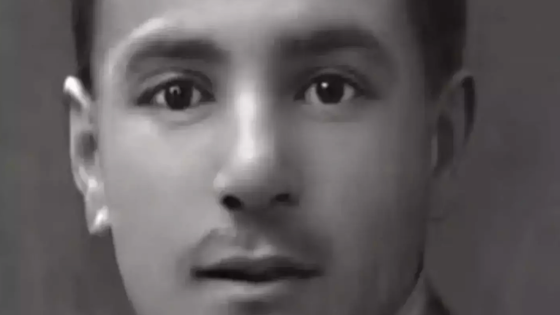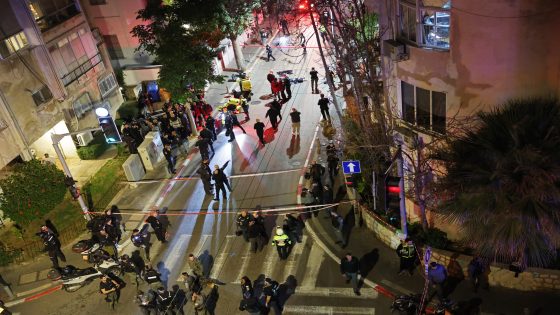Russell Edwards, a researcher, claims to have identified Jack the Ripper using DNA evidence extracted from a 100-year-old shawl linked to one of the killer’s victims. In an interview with The Sun on January 31, 2025, Edwards stated that the DNA match points to Aaron Kosminski, a Polish barber who lived in London during the time of the murders in 1888.
- DNA sample identifies Jack the Ripper suspect
- Russell Edwards claims '100 percent' match
- Aaron Kosminski named as the killer
- Shawl linked to one of the victims
- Forensic analysis conducted by Dr. Louhelainen
- Police allegedly knew Ripper's identity previously
The identity of Jack the Ripper, the notorious serial killer who terrorized London’s Whitechapel district in 1888, has remained a mystery for over a century. Edwards claims that the shawl, which was found at the scene of one of the murders, contains DNA evidence that links Kosminski to the crimes. He expressed his excitement about the 100 percent DNA match, stating it offers a form of justice for the victims’ descendants.
Key details of the case include:
- Jack the Ripper is believed to have murdered at least five women between August 31 and November 9, 1888.
- The victims include Mary Ann Nichols, Annie Chapman, Elizabeth Stride, Catherine Eddowes, and Mary Jane Kelly.
- Kosminski emigrated from Poland and was a barber in London at the time of the murders.
Dr. Jari Louhelainen from Liverpool John Moores University conducted the forensic analysis of the shawl, confirming the DNA evidence. Edwards noted that previous assumptions about the shawl belonging to the victim were incorrect, as it was determined that she could not have afforded such an item. This discovery has led Edwards to believe that Kosminski is indeed the true identity of Jack the Ripper.
In conclusion, Russell Edwards’ findings on the shawl and the DNA match with Aaron Kosminski could potentially close a chapter on one of history’s most infamous unsolved cases. While the killer cannot be prosecuted, the evidence may provide a sense of resolution for the descendants of the victims.
































